Credit to @CoachPickles86 and @RepublicOfCrusedPlanes for his D-02-300
Jump To Comment
About the history of RCP Engineering D-02-300

Riding on the success of the D-01 family, RCP Engineering's Airliner Manufacturing division hired new workers, and opened a new assembly line at Martin South Airport.
But most notably, RCPe decided to expand into the regional sector, beginning work on a new advanced regional airliner that would replace aircraft like the DC-9 and Boeing 717.
By 2001, preliminary design work was completed, and the D-02 was announced at the 2001 Paris Air Show. Major airlines like Air France, Japan Airlines's J-Air and British Airways placed firm orders on the aircraft.
On 7 March 2003, the first functional D-02 prototype, registered WT-XDC, made its first flight from Martin South Airport. In total, 3 prototypes were built, and they flew at the Farnborough and Paris Airshows.

The first production-model D-02, a -300, was delivered to Air France in 2005. The -200 (smallest model) made its first commercial flight 7 months later, and the -400 (largest model) did so in 2006.
However, the air crash of Mandarin Airlines Flight 2385 in Qilai Mountain on November 25, 2005, led to the sales situation of D-02 series airliners almost halved compared with that before the air crash. However, the accident of Flight 546 of Malev Hunan Airlines in 2007 hit the declining sales situation of D-02 series airliners again, The global financial crisis in 2008 also caused RCP Engineering to experience its biggest crisis since the 1960s. Many airlines that had already ordered D-02 aircraft had refunded their orders one after another. RCP Engineering faced this situation and ultimately struggled to support it for five years until July 17, 2013, when the last D-02 aircraft was taken off the D-02 production line at Martinez Airport, ending RCP Engineering's brief manufacturing career, The total sales volume is 1103 units.
In 2018, after seeing the second boom in the regional aircraft market, RCP Engineering proposed to manufacture a modified D-02 Advanced based on the D-02 aircraft, using more advanced CFM Leaf 1A engines and Pratt&Whitney GTF engines with redesigned airfoils, and competing with Embraer's E190-E2 aircraft.
On June 28, 2020, the first D-02-300 advanced D-02a-3 prototype was officially taken offline and tested at the RCP Engineering aircraft manufacturing base located at Martinnan Airport?,and announced that aircraft delivery will begin in the fourth quarter of 2023.
On April 11, 2023, RCP Engineering announced that it will propose a cargo aircraft renovation plan for the original D-02 Classic series to meet the needs of medium and short range fast freight transportation.
About the history of Malev Hungarian Airlines D-02-300
In 2002, with the retirement of the last Soviet/Russian made aircraft in the previous year's fleet, Tupolev Tu-154, the Malev Hungarian Airlines finally had a fully modernized fleet. In 2003, the 737 Classic/737CL series aircraft in the fleet were also replaced by the 737 Next Generation/737NG series to operate medium range cross-border and charter flights with large passenger flow, The 767-200ER/-300ER purchased in the 1990s has become the mainstay of flying long distance International flight. In the midst of all this prosperity, Malev also began to think about the next generation replacement plan of the Fokker 70 for short distance domestic and surrounding routes. At this time, the six Fokker 70 in the fleet were all made in 1995-1996, but as Fokker went bankrupt due to financial difficulties on March 15, 1996, The aircraft's aviation materials and components are also bound to become a topic of discussion, and the planning to introduce new models and replace the Fokker fleet of short range regional routes has also become a huge problem. On March 7, 2003, the first RCP Engineering D-02 prototype, registered as WT-XDC, took off from Martinez Airport and, after successfully obtaining airworthiness certification from FAA and EASA, came to Europe for the second time in mid-2004 to search for more potential customers, And on August 22 of that year, he visited Ferenc Liszt International Airport (BUD/LHBP) in Budapest, Hungary. Malev Hungarian Airlines was very interested in doing so and determined that this was the best alternative to Fokker 70. Subsequently, Malev Hungarian Airlines officially signed a leasing contract with GE Capital Aviation Services Business (GECAS), RCP Engineering, and General Electric on January 6, 2005, The rules lease 5 RCP Engineering D-02 aircraft, including the first 3 D-02-300 aircraft, which are expected to be introduced in the first quarter of 2006, and the last 2 D-02-400 aircraft, which are expected to be introduced in the fourth quarter of 2006. 15 days later, the first production D-02 was officially delivered to the Air France with registration number F-HBRA on January 21, 2005. In order to prepare Malev in advance, RCP Engineering dispatched the original D-02-300 display aircraft WT-XDC from September 2 to September 10, 2005, From Martinnan Airport via Reykjavik, Oslo to Budapest Ferenc Liszt International Airport (BUD/LHBP) for preliminary test flight, so that Malev can know more about this foreign airliner. Until November 25, Mandarin Airlines Flight 2385 (AE2385) crashed at the north peak of Mount Qilai, 160km away from Taitung International Airport, when executing the route from Songshan Airport (TSA/RCSS) to Taitung International Airport (TTT/RCFN), It caused a global uproar, which also led to Malev announcing the cancellation of the planned last two D-02-400 orders on December 11. On February 16, 2006, Malev Hungarian Airlines officially took over the fleet's first D-02-300, registered as HA-LDA, equipped with two General Electric CF34-10E5 engines, with a single thrust of 20360lbf (90.6kn), from the production line of the RCP Engineering D-02 aircraft at the Republic of CrusedPlanes, At the end of February, the aircraft returned to Budapest Ferenc Liszt International Airport (BUD/LHBP). After the maintenance inspection, the RCP Engineering D-02-300 passenger aircraft was officially put into use on March 1, 2006. First, it was used for medium and short distance Domestic flight and transnational charter flights originating from Budapest Ferenc Liszt International Airport (BUD/LHBP), The remaining second and third D-02-300 aircraft also joined the fleet in June and October of the same year with registration numbers HA-LDB and HA-LDC. These three aircraft also earned a lot of profits for the Maliv Hungarian Airlines due to their excellent economy and excellent reliability, which also led to the Maliv Hungarian Airlines planning to retire the Fokker 70 in the third quarter of 2007. However, on March 19 of that year, Malev Hungarian Airlines Flight 546/MA546 was on the route from Ferenc Liszt International Airport (BUD/LHBP) in Budapest, Hungary to Vaclav Havel Airport (PRG/LKPR) in Prague, Czech Republic. Due to a sudden decrease in engine thrust during the flight, it randomly began to dive. Finally, it was successfully balanced at 7800 feet and then landed normally at Vaclav Havel Airport (PRG/LKPR) in Prague, Czech Republic. However, due to severe damage to the aircraft, This led to the early decommissioning of the aircraft, and the insufficient number of D-02 fleet also temporarily cancelled Malev's plan to retire the Fokker 70. In 2008, the outbreak of the global financial crisis caused Malev Hungarian Airlines to suffer huge losses. In order to alleviate the decline caused by losses, Malev Hungarian Airlines decided to retire the D-02-300 and CRJ-200. On August 16 of the same year, the registration number was HA-LDA, At the same time, it is also the first D-02-300 aircraft of the Malev Hungarian Airlines to officially retire after flying MA940 from Heraklion International Airport (HER/LGIR) in Greece to Ferenc Liszt International Airport (BUD/LHBP) in Budapest, Hungary, ending the short-lived service life of the D-02-300 aircraft at the Malev Hungarian Airlines, With the EU's proposal to withdraw various forms of national aid received by Malev Hungarian Airlines from Hungary in 2012, Malev Hungarian Airlines officially went bankrupt on February 14, 2012 and disappeared into the long river of history. The secondary reason for D-02's early retirement is ...
Malev Hungarian Airlines 546- The turning point between life and death
The Incident aircraft,HA-LDB, was at Xinshan International Airport (IATA: XSH/ICAO: XSHA) on March 15, 2007 at 11am, Prepare for maintenance,4 day before flight 546

Monday,March 19 2007 at 7:25 am (UTC+1)
RCP Engineering D-02-300 with registration number HA-LDB is preparing to fly from Ferenc Liszt International Airport (BUD/LHBP) in Budapest, Hungary to Vaclav Havel Airport (PRG/LKPR) in Prague, Czech Republic. This aircraft made its first flight on May 21, 2006 and was delivered to Malev Hungarian Airlines on June 5 of the same year. MSN/manufacturer serial number: 49540 LN/Line Number: 120, equipped with two General Electric CF34-10E engines, A single aircraft can achieve a thrust of 20360 lbf (90.6 kn). As of the time of the accident, the aircraft had only 9 months and 26 days of age, a total flight time of 4670 hours, and performed 440 flights. The responsible captain for this flight was Orosz Bertalan, who was a plane enthusiast in his youth, and this hobby led him to learn how to fly planes at the age of 15. He joined Malev Hungarian Airlines in 1984, He has the qualification of Flight engineer of Tu-154. After the drastic changes in Eastern Europe, he began to learn to drive the Boeing 737 Classic series and Fokker 70, and obtained the first/second pilot qualification of two types of aircraft. He started driving the D-02-300 in May 2006, and was also the first pilot to drive the D-02-300. Due to rapid progress, he became captain in January 2007, with a total flight time of 14860 hours, of which the D-02-300 was 850 hours, The co pilot is Zobor M á t é, who was 29 years old at the time. He joined Malev Hungarian Airlines in 1996 and holds the first pilot qualification of Fokker 70, as well as the co pilot qualification of Bombardier CRJ-200 and Boeing 737-800. He began piloting the D-02-300 in November 2006, with a total flight duration of 6400 hours, including 330 hours on the D-02-300, with 70 passengers and four crew members on board, One of the Hungarian tour groups went to Prague for sightseeing. At 7:37 am, the MA546 began taxiing to the runway and took off from Ferenc Liszt International Airport (BUD/LHBP) in Budapest at 7:38 am, with a planned flight of two hours. It landed at Vaclav Havel Airport (PRG/LKPR) in Prague, Czech Republic at 9:37 local time. After taking off for 1 hour and 10 minutes, the plane encountered turbulence while cruising at 38000 feet, The engine speed of engine 2 began to gradually decrease, and the co pilot attempted to increase the throttle, but the engine still did not recover and continued to lose thrust. Subsequently, the co pilot informed the captain of the situation, and the captain instructed the co pilot to restart the engine again. However, due to the increasingly thin air above 30000 feet, the standard operation was to lower the aircraft to below 30000 feet and restart, but the captain was too focused on the issue of aircraft speed reduction, Without realizing that the aircraft was gradually deflecting to the right while driving autopilot, the captain decided to lower the nose to avoid stalling, but this operation did not work. Subsequently, the captain released autopilot, took control of the aircraft, and descended below the clouds. However, when checking the flight attitude meter, it was found that the level meter was in a vertical attitude, and the captain had doubts about this display. The same state was also observed when checking the co pilot and backup attitude meter, Therefore, the captain believed that this was a display error. Little did he know that the aircraft was already in a flipping and vertical dive state. Therefore, the Malev Hungarian Airlines Flight 546 descended nearly 12000 feet in 20 seconds near the speed of sound, causing luggage in the cabin to fly sideways with passengers who were not wearing seat belts, and also causing some parts of the aircraft to detach from the aircraft. As the aircraft approached its maximum design limit, the captain successfully stopped flipping and diving, And it also caused engine 2 to resume operation, immediately descending to 8000 feet, and controlling the aircraft's attitude with different engine output powers. Finally, Malev Hungarian Airlines Flight 546 successfully landed at Vaclav Havel Airport (PRG/LKPR) in Prague, Czech Republic at 9:45. Only three passengers were seriously injured among the 76 people on board. The plane was then towed to the airport hangar for investigation
Investment.
Investigation
Later, RCTSB of Republic of CrusePlanes (based on the introduction of NTSB) and Civil Aviation Administration/CAA in Hungary began an investigation. The cockpit voice recorder (CVR) was first sent to the laboratory for analysis, but due to time constraints, the data in it did not help solve the mystery. The flight Data logger (FDR) also broke records several times during several strong dives of the aircraft, and the data that the investigation team had made great efforts to repair could not provide effective help, while the investigators learned from the peripheral investigation that the aircraft's No. 2 engine had encountered turbulence before it stopped. The satellite cloud image records indicate that there was indeed strong turbulence above the area on that day, but the intensity was not enough to cause the engine to stop. Immediately, The investigator went to check the No. 2 engine that had been parked and found in the maintenance records of the No. 2 engine that there were two maintenance records of the No. 2 engine in the week before the accident. This also led the investigators to believe that the accident may have been caused by inadequate engine maintenance. However, after several weeks of research, RCTSB and CAA found that the engine's maintenance procedures were not faulty, which was not the cause of the accident, Even if an aircraft loses the thrust of one engine, it will not immediately lead to an accident. When an engine fails, it can be handled according to standard procedures. However, when the investigator asks the crew members, the pilot's recollection does not match the facts. This also temporarily interrupts the clues to determine the cause. After a period of stagnation, it is believed that the factors that may have caused the accident have already laid the groundwork a few hours before the flight, Subsequently, investigators investigated the sleep conditions of the two captains before the incident, and found that the captain only slept for 3 hours due to a temporary shift adjustment 24 hours before the incident, while the co pilot only slept for 4.5 hours. Finally, seven months later, on October 30th, RCTSB and CAA jointly released the final report of the accident, which stated that the reason was that the pilot did not get enough sleep due to the temporary shift adjustment of Malev Hungarian Airlines, And during the flight, the method of solving the problem was ignored
Follow up
1.Malev Hungarian Airlines was warned to ensure sufficient sleep for pilots and pay a fine of 500000 euros
2. Due to excessive G force during flight, the HA-LDB ultimately decided not to repair the aircraft's skin wrinkles and structural deformation, and retired directly. It was then preserved on-site at Vaclav Havel Airport (PRG/LKPR) in Prague
3. This accident has also strengthened the importance of civil aviation in various countries for the sleep quality of pilots
4. This accident also dealt another blow to the declining sales situation of the RCP Engineering D-02-300 since the November 25, 2005 Mandarin Airlines Flight 2385 Chili Mountain crash, resulting in the discontinuation of D-02 aircraft production by RCP Engineering in 2013, with a total sales volume of 1103 aircraft.
HA-LDB, Preserved in Prague Vaclav Havel Airport (IATA: PRG/ICAO: LKPR) on August 3th, 2008

Game Poster


Kellemes repülést.
Specifications
Spotlights
- This craft is curated
- RepublicOfCursedPlanes 2.4 years ago
General Characteristics
- Predecessor [Closed] RCP Engineering D-02-300 Challenge
- Created On Windows
- Wingspan 94.5ft (28.8m)
- Length 115.3ft (35.1m)
- Height 40.3ft (12.3m)
- Empty Weight N/A
- Loaded Weight 50,691lbs (22,993kg)
Performance
- Power/Weight Ratio 1.729
- Wing Loading 43.2lbs/ft2 (210.8kg/m2)
- Wing Area 1,173.9ft2 (109.1m2)
- Drag Points 21538
Parts
- Number of Parts 581
- Control Surfaces 9
- Performance Cost 2,241

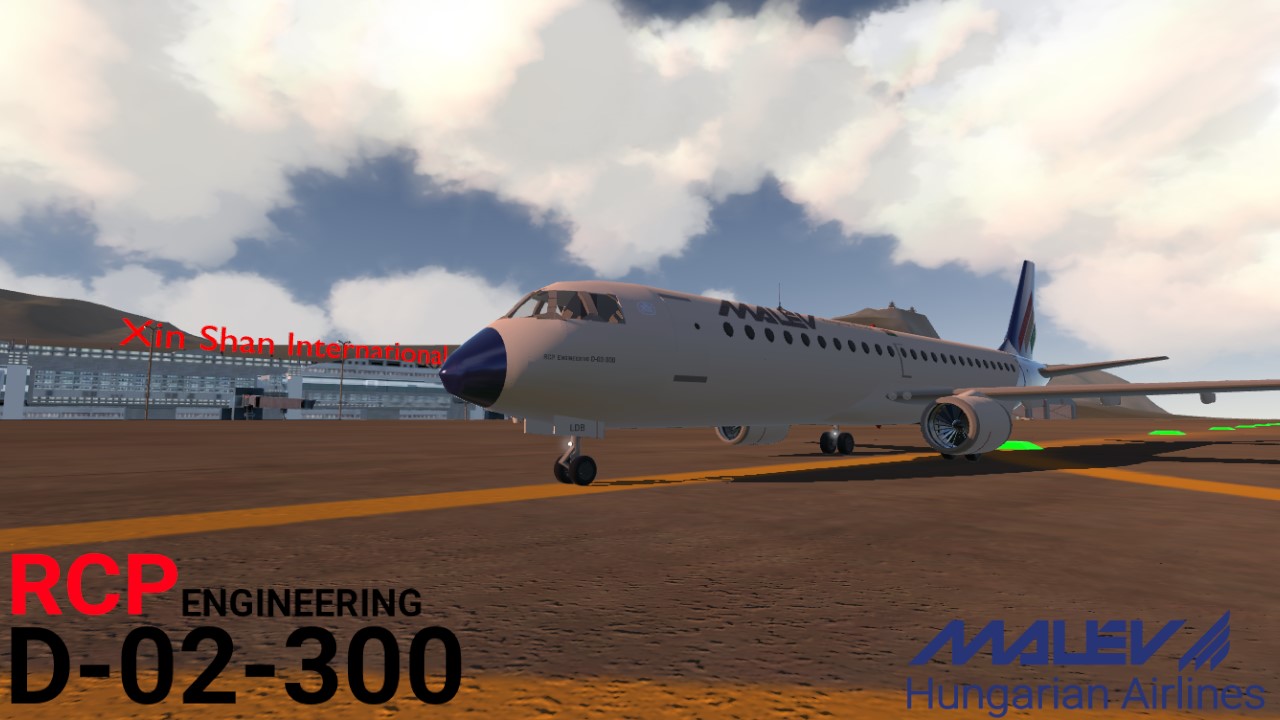
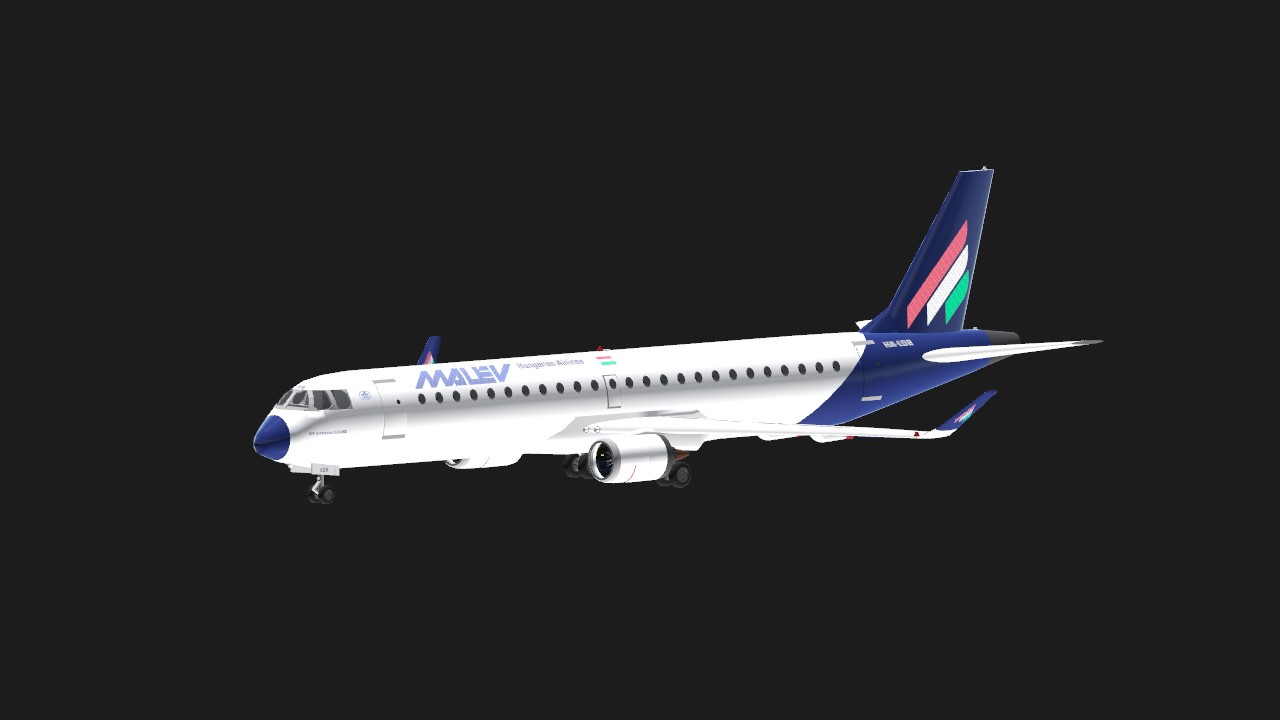
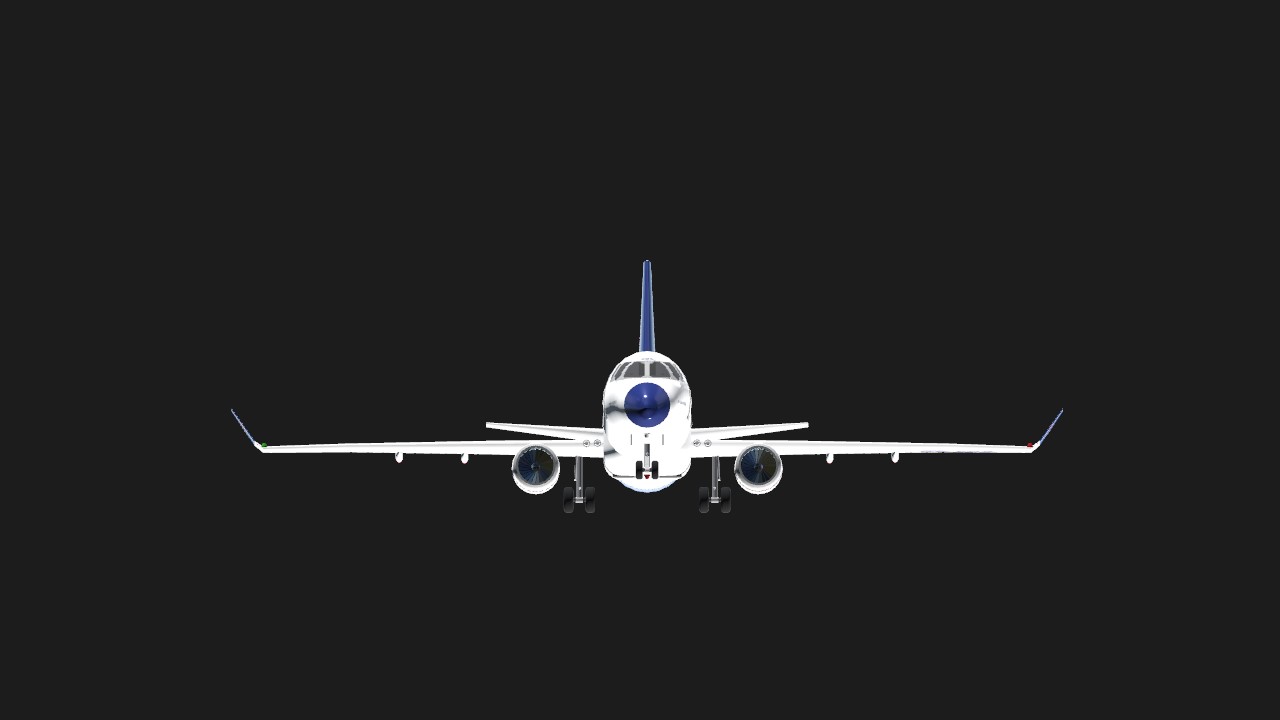
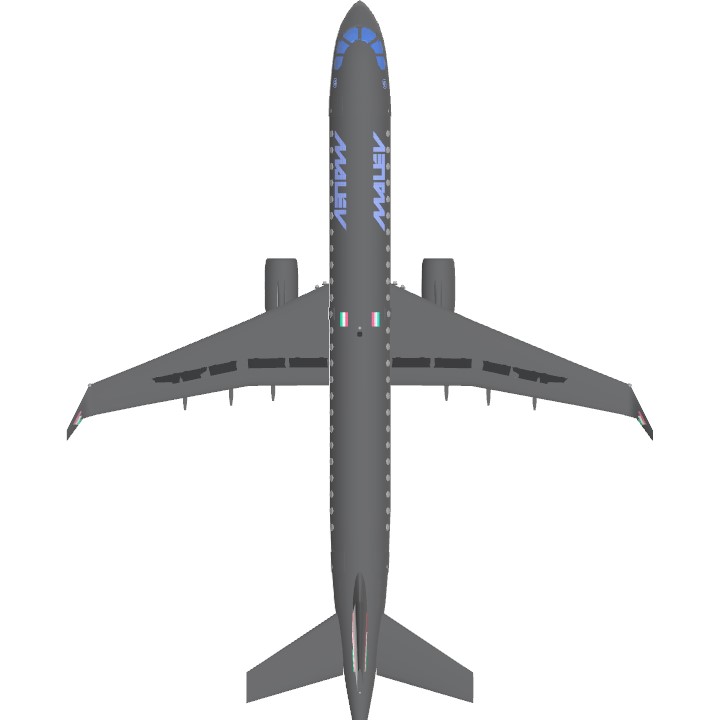
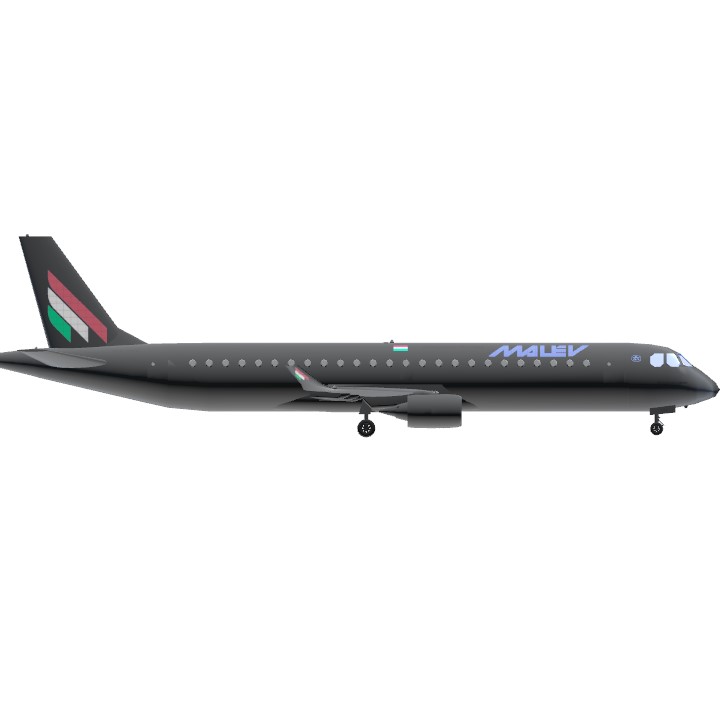
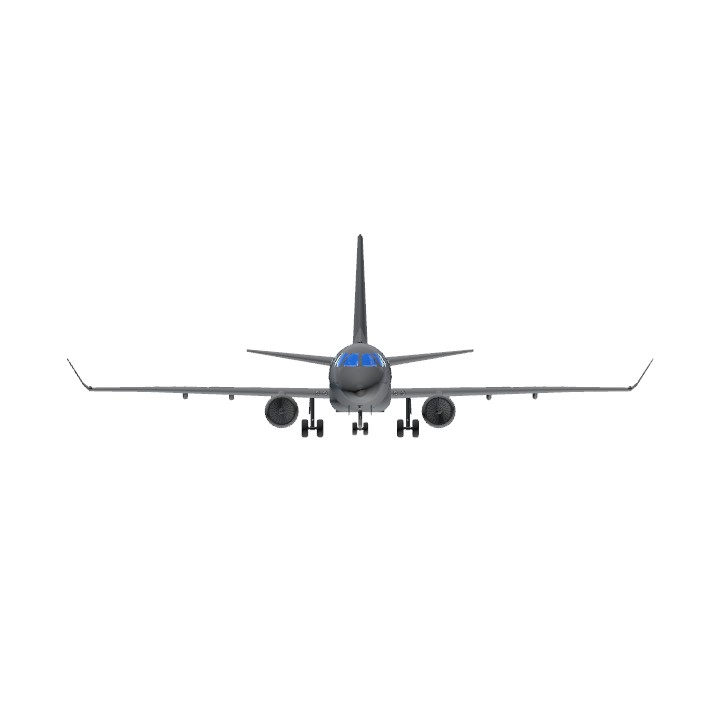
Sorry everyone, this work was released so late and I am truly sorry. Due to the damage and irreparable nature of the phone I used to make it before, I have to remake another type of coating. If you think the quality of this coating has decreased compared to last time, please forgive me. I will make a more exquisite coating in the future. And thank you for your support.
向D02说你好,但是没有东航(
@CoachPickles86 I am very grateful for the evaluation you gave me,Thank you very much.
16/16 my fav airline
@RepublicOfCursedPlanes
@CoachPickles86
Sorry for the delay in publishing.